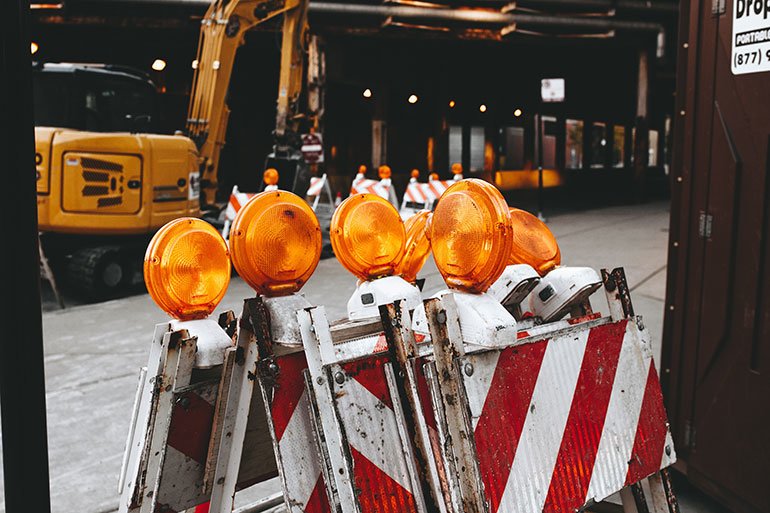
The Power of Collaboration: Uniting Mechanical and Electrical Services
Introduction:
Commercial construction projects require the seamless coordination of various trades to achieve the desired outcome. The ability of these trades to collaborate effectively can greatly impact project schedules and budgets. A comprehensive Mechanical, Electrical, and Plumbing (MEP) contractor can facilitate collaboration, enhance quality, and streamline solutions, potentially saving time and costs for project owners. This article explores the importance of collaboration between the mechanical and electrical teams and highlights the responsibilities and benefits of each trade.
The Role of Mechanical Services:
Mechanical services encompass heating, cooling, refrigeration, piping, and plumbing systems in buildings. The mechanical scope of work includes the installation of various components such as:
Fire and smoke protection features and systems
Interior environment systems (HVAC)
Plumbing lines and fixtures
Elevators and lifts
Interior and exterior structural design elements
Accessibility features
Rooftop assemblies and structures
Energy efficiency components
The Role of Electrical Services:
Electrical services involve the design and installation of electrical wiring and conductors for lighting, heating, and power. The electrical team’s responsibilities typically include:
Conduit installation
Pulling wiring through the conduit
Addressing all electrical requirements throughout the building
Power panel distribution and termination according to the Scope of Work (SOW)
Collaboration between Electrical and Mechanical Teams:
The collaboration between the electrical and mechanical teams is crucial for successful project execution. The electrical team plays a significant role in ensuring precise installation of all electrical components, working closely with the mechanical team. For example, they may coordinate the routing of conduits to provide power precisely where the mechanical contractors require it for installing HVAC elements like commercial air handlers. Collaboration becomes even more critical when dealing with challenging working conditions, such as high ceilings for an electrical crane bay.
The Key to Contractor Collaboration:
The ultimate goal of commercial building projects is to complete the job quickly and efficiently. Achieving this goal requires open and continuous collaboration between the mechanical and electrical teams. Collaboration should begin from day one, with both parties maintaining an open-door policy and fostering healthy collaboration throughout the construction process. Implementing Building Information Modeling (BIM) software can further enhance collaboration by facilitating clash detection and seamless integration of designs during installation, resulting in time and cost savings.
The Benefits of Collaborative Efforts:
When mechanical and electrical teams collaborate effectively, project owners can expect several benefits. These include:
Enhanced accountability: Collaborative efforts promote a shared sense of responsibility among team members, ensuring that tasks are completed on time and to the required standards.
Shortened project schedules: Efficient collaboration minimizes delays caused by miscommunication or conflicts, enabling projects to be completed more quickly.
Cost savings: By working together seamlessly, teams can reduce rework, avoid errors, and optimize resource allocation, resulting in lower overall costs.
Conclusion:
Collaboration between the mechanical and electrical teams is vital for successful commercial construction projects. By fostering a culture of collaboration, utilizing tools like BIM software, and maintaining open communication, project owners can achieve their goals of timely and cost-effective project delivery.
People like you, from more than 100 countries around the world, giving anything they can to prove how unstoppable we are when we work together.
Clean water helps keep kids in school, especially girls.
Less time collecting water means more time in class. Clean water and proper toilets at school means teenage girls don’t have to stay home for a week out of every month.
Before Natalia’s village had a clean water tap, she often didn’t have time for school. Now, she goes to school every day and she’s the President of her local Water Committee. And she’s just getting started.
said Polito
How do we tackle the water crisis?
We work with local experts and community members to find the best sustainable solution in each place where we work, whether it’s a well, a piped system, a BioSand Filter, or a system for harvesting rainwater. And with every water point we fund, our partners coordinate sanitation and hygiene training, and establish a local Water Committee to help keep water flowing for years to come.

